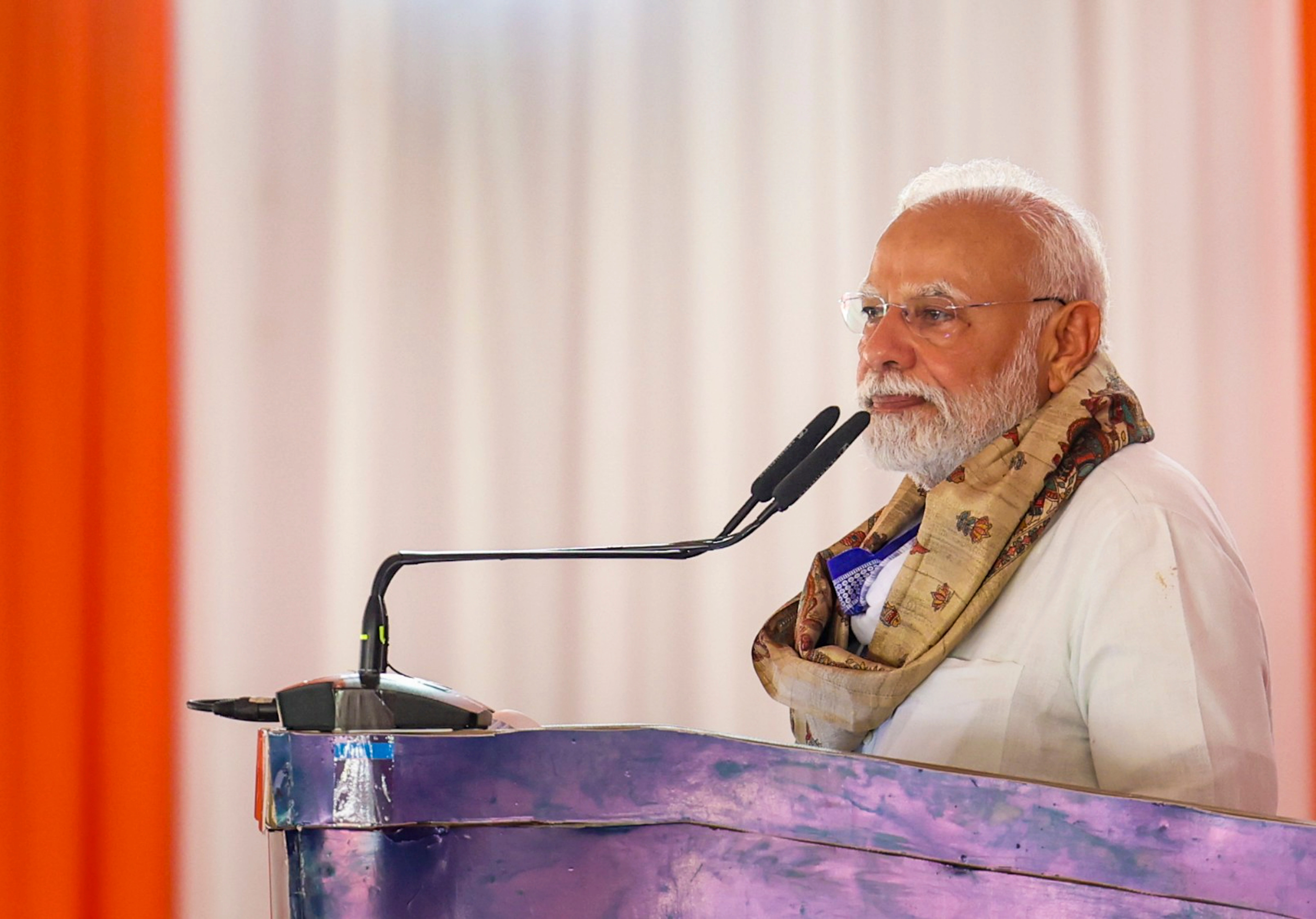The political landscape of West Bengal has been a battleground for various parties, with the Bharatiya Janata Party (BJP) and the Trinamool Congress (TMC) at the forefront of this rivalry. As the BJP gears up for the upcoming elections, the party has devised a strategic plan aimed at wresting control from the TMC, which has dominated the state for over a decade. This strategy involves a multi-faceted approach that combines grassroots mobilization, focused messaging, and leveraging local issues to resonate with the electorate. By understanding the unique dynamics of West Bengal’s political culture, the BJP aims to present itself as a viable alternative to the ruling party.
One of the key strategies employed by the BJP is to strengthen its grassroots networks across the state. The party is focusing on building a robust organizational structure that reaches out to the smallest constituencies. This involves engaging local leaders and volunteers who can articulate the BJP’s vision and policies effectively. Additionally, the BJP is leveraging technology and social media to connect with voters, particularly the youth, who are increasingly influential in shaping electoral outcomes. By utilizing platforms that resonate with younger demographics, the BJP hopes to galvanize support and create a more engaged voter base.
Moreover, the BJP is keen to address local issues that matter to the people of West Bengal. This includes focusing on economic development, employment opportunities, and social welfare programs that can improve the quality of life for residents. The party is also emphasizing law and order, which has been a significant concern for many voters. By highlighting its commitment to ensuring safety and security, the BJP aims to position itself as a party that prioritizes the needs of the common citizen. This approach not only aims to win over undecided voters but also to challenge the TMC’s narrative of being the only party capable of understanding and addressing West Bengal’s unique challenges.
In addition to these grassroots efforts, the BJP is strategically selecting candidates who can resonate with the local electorate. This includes individuals with strong local connections, a good track record, and the ability to connect emotionally with the voters. Such candidates can bridge the gap between the party’s national agenda and the local aspirations of the people. Furthermore, the BJP is likely to focus on forming alliances with smaller parties and community organizations to broaden its appeal and consolidate votes against the TMC. This coalition-building strategy could prove pivotal in a state where regional identities play a significant role in electoral politics.
Ultimately, the BJP’s comprehensive approach to wresting control from the TMC hinges on its ability to effectively communicate its vision, mobilize grassroots support, and address local concerns. As the political climate intensifies, the success of these strategies will depend on the party’s agility in responding to the ever-evolving dynamics of West Bengal’s electorate. With the stakes higher than ever, the BJP’s ambition to reclaim Bengal is not merely a quest for political dominance but a testament to its commitment to reshaping the state’s future.




